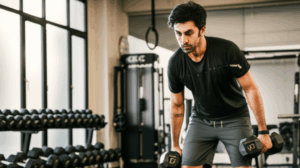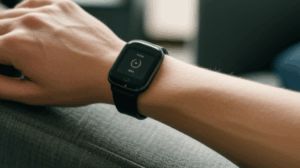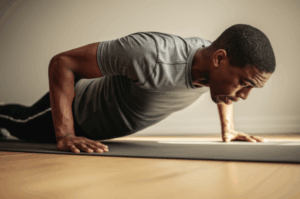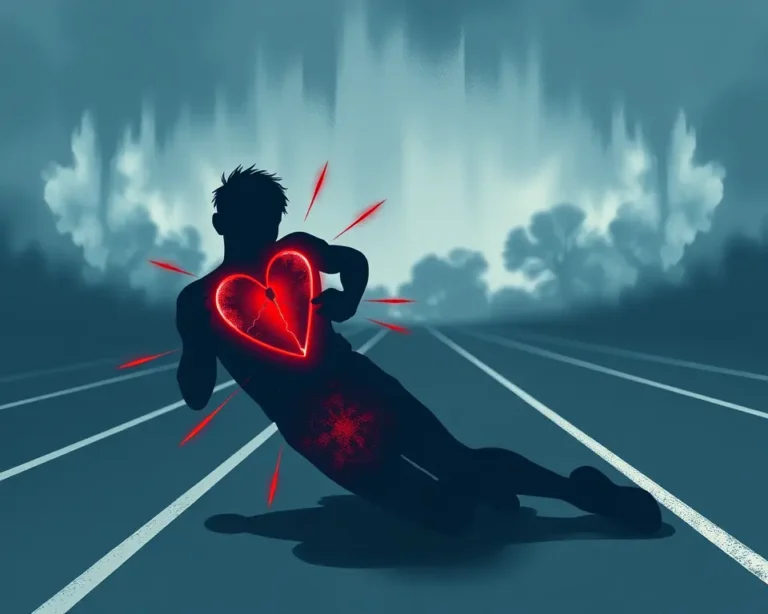The sudden death of a 24-year-old after a seemingly routine workout is a tragic reminder that even young, seemingly healthy individuals can be vulnerable to life-threatening cardiac events. While exercise is overwhelmingly beneficial for overall health, it can paradoxically trigger sudden cardiac death (SCD) in individuals with underlying, often undiagnosed, cardiovascular conditions. Understanding the potential causes, risk factors, and preventive measures is crucial for anyone engaging in physical activity.
What is Sudden Cardiac Death?
Sudden cardiac death (SCD) is defined as a non-traumatic, unexpected death that occurs within a short period (usually within one hour) after the onset of symptoms, in a person with or without known pre-existing heart disease. In young athletes, SCD is most often related to underlying heart conditions, frequently genetic or congenital, that may not have been previously detected.
Causes of Sudden Cardiac Death in Young Adults
While the exact cause of SCD can be difficult to determine, especially without a comprehensive autopsy, several conditions are known to increase the risk, especially in those under 35:
- Hypertrophic Cardiomyopathy (HCM): This is the most common cause of SCD in young athletes in the United States. HCM is a condition where the heart muscle becomes abnormally thick, making it harder for the heart to pump blood effectively. Many individuals with HCM are asymptomatic, and the condition may only be discovered during intense physical activity.
- Congenital Coronary Artery Anomalies: These are abnormalities in the structure or placement of the coronary arteries, which can restrict blood flow to the heart muscle, especially during exercise.
- Arrhythmogenic Right Ventricular Dysplasia (ARVD): This is a condition where the heart muscle is replaced by fatty tissue, which can disrupt the heart’s electrical signals and lead to dangerous arrhythmias. Regular and high-intensity exercise can worsen outcomes for individuals with ARVD.
- Long QT Syndrome: This is an inherited heart rhythm disorder that can cause fast, chaotic heartbeats.
- Wolff-Parkinson-White Syndrome: An extra electrical pathway in the heart creates a detour that can make it pump very fast.
- Myocarditis: This is an inflammation of the heart muscle, often caused by a viral infection.
- Marfan Syndrome: This is a genetic disorder that affects the connective tissue, which can lead to aortic rupture.
- Commotio Cordis: This is a rare but potentially fatal condition caused by a blow to the chest directly over the heart at a critical time in the heart’s electrical cycle.
- Atherosclerotic Coronary Artery Disease (CAD): While more common in older adults, CAD can occur in younger individuals, especially those with risk factors like high cholesterol, smoking, or a family history of heart disease.
Risk Factors
Certain factors can increase the risk of SCD during exercise:
- Family History: A family history of sudden unexplained death, especially in individuals under 50, or a family history of inherited heart conditions increases the risk.
- Previous Symptoms: Fainting or seizures during exercise, chest pain, shortness of breath, or palpitations can be warning signs of an underlying heart problem.
- Congenital Heart Defects: Individuals born with heart defects, even those that have been surgically repaired, are at higher risk.
- Male Gender: Males are at a higher risk of SCD during sports than females.
- Race: Black athletes have a higher risk of SCD compared to white athletes.
- Drug Use: Stimulants, anabolic steroids, and other drugs can increase the risk of cardiac events.
- Dehydration: Insufficient fluid intake can strain the heart and increase the risk of arrhythmias.
- Extreme Environmental Conditions: Exercising in extreme heat or cold can put extra stress on the heart.
- Lack of Regular Exercise: Individuals who exercise infrequently may be at higher risk for SCD compared to those who are regular practitioners.
Prevention Strategies
While SCD is often unexpected, there are steps that can be taken to reduce the risk:
- Pre-Participation Screening: Young athletes should undergo pre-participation screening, including a review of their medical history, family history, and a physical exam. An electrocardiogram (ECG) can also be helpful in detecting some underlying heart conditions.
- Awareness of Symptoms: Individuals should be aware of potential warning signs, such as chest pain, shortness of breath, fainting, or palpitations during exercise, and seek medical attention if they experience these symptoms.
- CPR and Defibrillation Training: Bystanders trained in CPR and the use of automated external defibrillators (AEDs) can significantly improve the chances of survival following a sudden cardiac arrest.
- Hydration: Staying well-hydrated is essential to prevent strain on the heart.
- Avoiding Overexertion: Gradually increasing exercise intensity and avoiding overexertion can help reduce the risk of cardiac events.
- Avoiding Drugs: Abstaining from stimulants, anabolic steroids, and other drugs that can increase the risk of cardiac events is crucial.
- Regular Check-ups: Individuals with risk factors for heart disease should have regular check-ups with their healthcare provider.
The Importance of Screening Programs
Screening programs play a vital role in early detection of cardiac abnormalities, which can significantly reduce the risk of SCD. These programs often involve a combination of medical history review, physical examination, and ECG testing. While screening programs are not foolproof, they can identify individuals who may be at risk and allow for further evaluation and management.
Exercise Paradox
It’s important to remember the “exercise paradox”. While regular physical activity is associated with numerous health benefits and a lower risk of all-cause mortality, exercise can paradoxically trigger SCD in individuals with underlying cardiovascular disease. This is particularly true for those who are not regular exercisers or who have advanced cardiovascular disease.
Conclusion
The sudden death of a young gym-goer highlights the importance of understanding the potential risks associated with exercise. While rare, SCD can occur in young, seemingly healthy individuals due to underlying, often undiagnosed, heart conditions. By being aware of the risk factors, recognizing warning signs, and taking preventive measures, individuals can reduce their risk and enjoy the many benefits of physical activity. Pre-participation screening, CPR training, and prompt medical attention for any concerning symptoms are crucial for protecting the health of athletes and anyone engaging in regular exercise.







